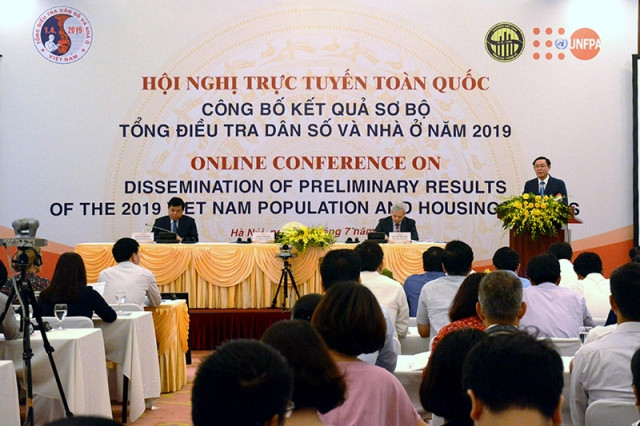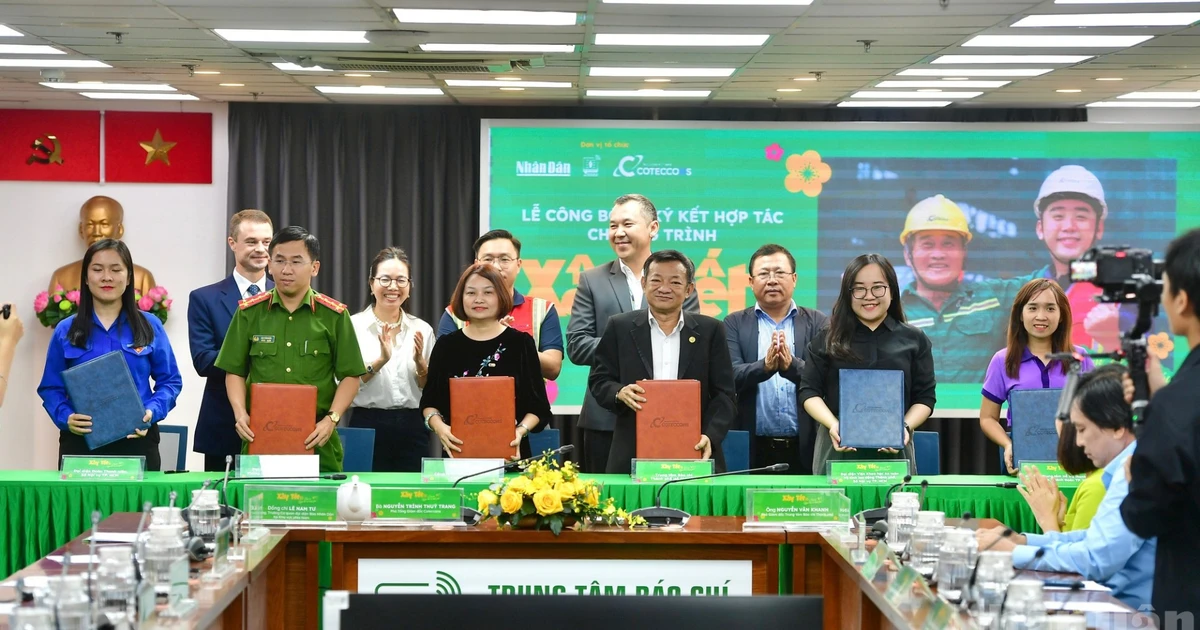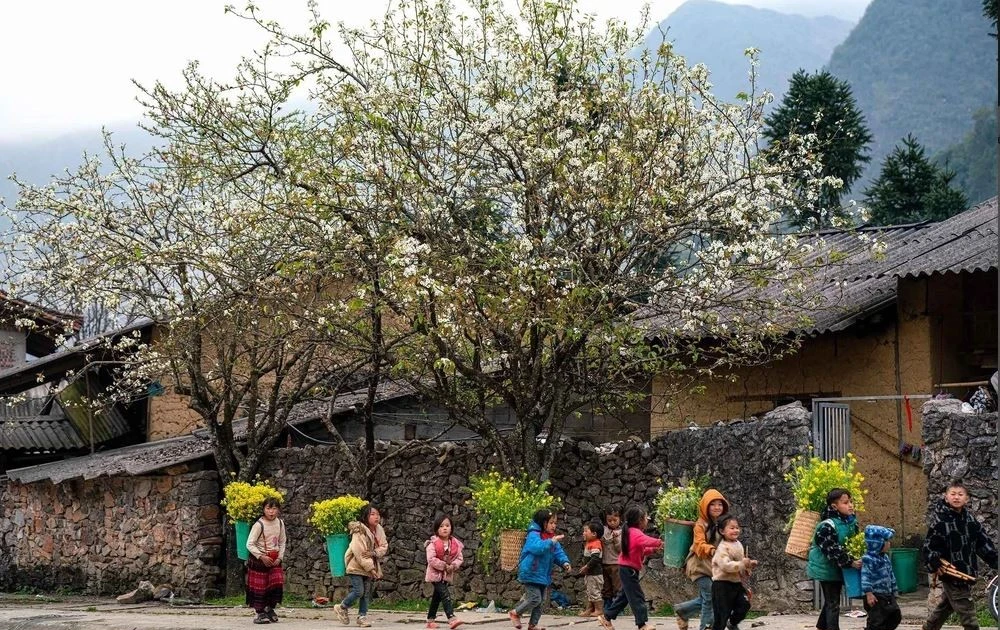The figures were announced at a teleconference held by the National Population and Housing Census Steering Committee on Thursday morning, announcing the preliminary results of the 2019 National Population and Housing Census.
Accordingly, the total population of Vietnam at 00:00 am on April 1, 2019 (the starting of the census) was 96,208,984 people, of which the male population is over 47.8 million people (accounting for 49.8%) and female side is over 48.3 million people (accounting for 50.2%). Vietnam is the 15th most populous country in the world and the third in Southeast Asia.
In the 10 years from 2009, the population of Vietnam has increased by 10.4 million people, at an average increase of 1.14% a year, slightly lower than the previous decade (at 1.18% a year).
The census results also show that Vietnam has a high population density at 290 people per km2, an increase of 31 people/km2 compared to 2009. Hanoi and Ho Chi Minh City are the two most densely populated localities, with 2,398 people/km2 and 4,363 people/km2, respectively.
In the last decade, the rapid and widespread urbanisation across the nation has helped increase the population in urban areas. Currently, more than 33 million people are living in urban areas (34.4%), while over 63.1 million reside in rural areas (65.6%).
Most of the population is focused in the Red River Delta, with more than 22.5 million people, while the lowest concentration is in the Central Highlands, with over 5.8 million. The capital city of Hanoi has 8.05 million people and Vietnam's largest city – Ho Chi Minh City – has a population of 8.99 million.
The country currently has more than 26.8 million households, an increase of 4.4 million compared to 2009. On average, each household has 3.5 people, 0.3 lower than in 2009. The average housing area is at 23.5m2 per person, higher than the 6.8m2 per person of 10 years ago.

Deputy Prime Minister Vuong Dinh Hue speaks at the conference. (Photo: qdnd.vn)
Speaking at the conference, Deputy Prime Minister Vuong Dinh Hue emphasised that the 2019 population and housing census took place safely and successfully and its preliminary data was published on July 11, which marks a meaningful day as the world is observing World Population Day.
It is one of the three largest censuses conducted every 10 years. The results of the census are the main and reliable source on population, demographics, housing and population, serving the statistical objectives to improve the legal system, strategies and policies on socio-economic development, particularly on population and housing.
Hue assessed that during the census, information technology has been applied thoroughly and widely for the first time ever, thus meeting the requirements for quick, timely, effective and early result and figure announcement. With this approach, it is possible to update data every year and it may not be needed to organise another census every 10 years anymore, helping to save time and costs, Hue added.
According to the deputy PM, the next step for the census is to analyse and evaluate the data in detail to make an official report to be published next December.
Emphasising that Vietnam is in its period of “golden population structure,” Hue stated that it is necessary to have a timely mechanism to take advantage of this population structure and avoid the risk of “getting old before getting rich,” while caring more about low-income people with the goal of “leaving no one behind.”














![[In Pictures] Nhan Dan Newspaper and Coteccons launch the Building Tet 2026 Programme](https://en-cdn.nhandan.vn/images/5992a12dd6e78b9bfb434962ff18307331f51c4c3a3e5fcfcd42f0234766d9c45840b0c6e06f3d50c1b8ba0f0abda1a6b665eff40edce9ec48a5692486f5a3ef/201225-xay-12.jpg.webp)

